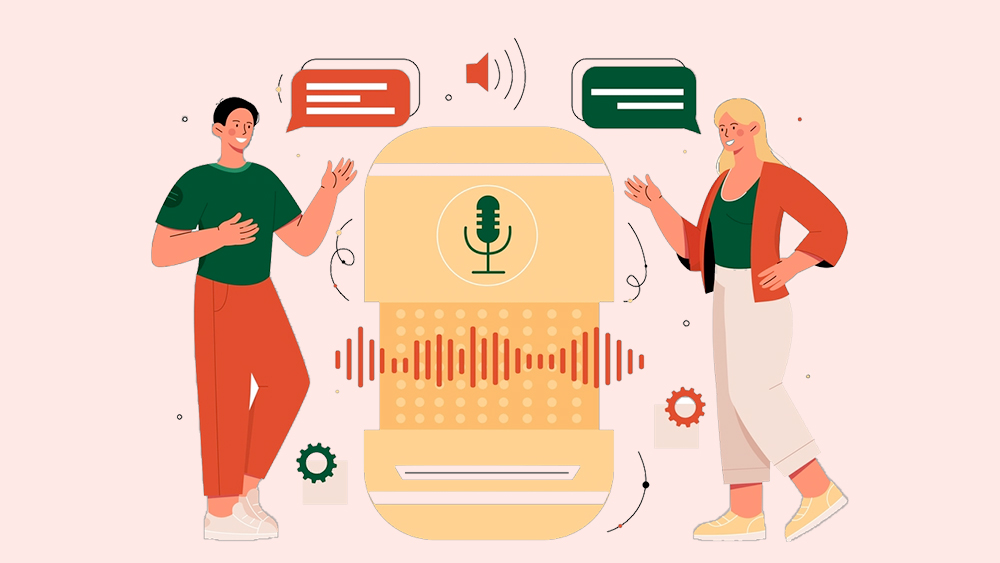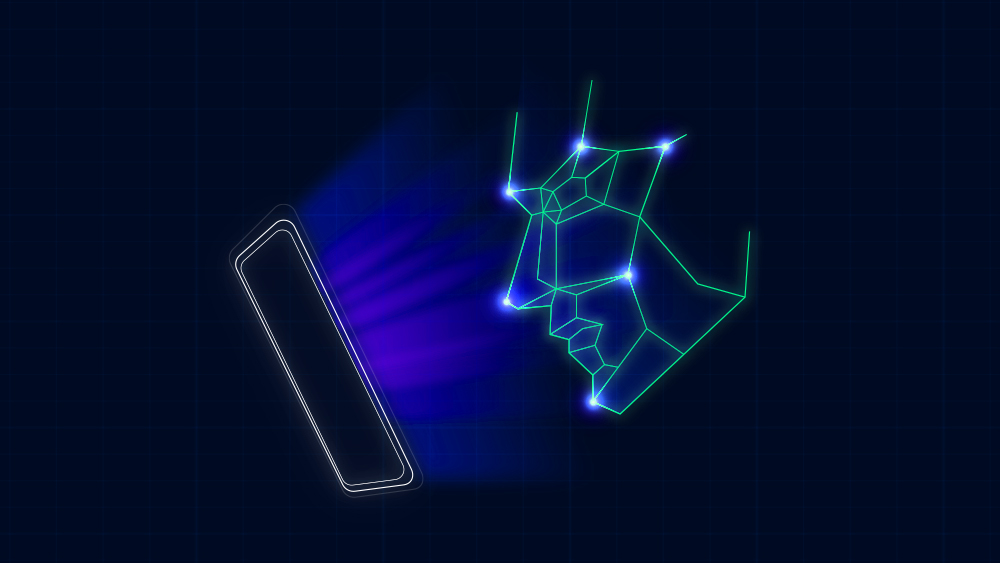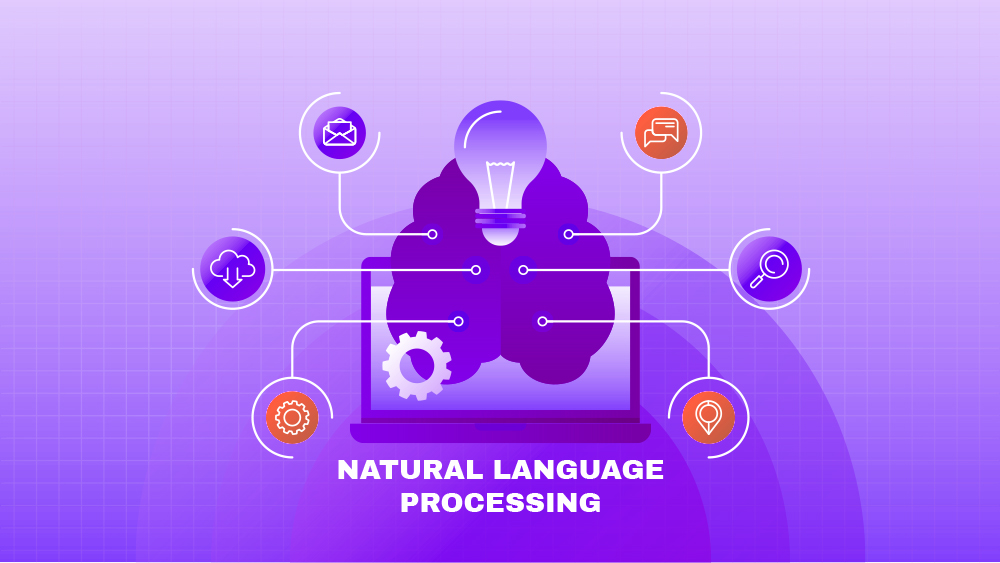Voice user interface (UI) design has become an increasingly important aspect of modern technology. With the rise of smart assistants and voice-enabled devices, designing for voice has become a critical consideration for many businesses. As technology continues to advance, voice UI design will continue to evolve. In this article, we will explore some of the latest trends and predictions for the future of voice UI design.
Natural Language Processing (NLP) and Contextual Understanding
As natural language processing (NLP) technology continues to improve, voice UI design will become more sophisticated in its ability to understand and respond to users. With contextual understanding, voice assistants will be able to provide more personalized and relevant responses. For example, a voice assistant can understand the context of a user’s question based on their previous interactions and provide a more accurate response.
Multi-Modal Voice Interaction

Multi-modal voice interaction is the integration of voice and other modes of input, such as touch, gesture, or eye-tracking. This can enhance the user experience and make voice UI design more intuitive. For example, a user can use voice commands to navigate a menu while using touch to select an option. Multi-modal interaction can also be used to provide more information to the user, such as displaying a map while providing voice directions.
Emotion Detection and Response

As voice assistants become more sophisticated in their ability to understand and respond to users, they may also be able to detect and respond to users’ emotions. This can be useful in a variety of applications, such as mental health therapy or customer service. For example, a voice assistant can detect a user’s frustration and respond with a more empathetic tone or offer solutions to alleviate the frustration.
Increased Personalization
As voice assistants become more adept at understanding and responding to users, they will be able to provide more personalized experiences. Voice assistants can use machine learning algorithms to analyze user data and behavior to provide customized responses and recommendations. For example, a voice assistant can recommend personalized workout routines based on a user’s fitness goals and previous workout history.
Integration with Internet of Things (IoT) Devices

As the Internet of Things (IoT) continues to grow, voice assistants will play an increasingly important role in controlling IoT devices. With voice commands, users can control smart home devices, adjust lighting, and even order groceries. As the number of IoT devices continues to increase, voice UI design will need to consider how to make these interactions seamless and intuitive.
Security and Privacy
As voice assistants become more integrated into our daily lives, security and privacy concerns will become increasingly important. Voice UI design will need to address these concerns by providing secure authentication methods and data privacy policies. As the technology continues to evolve, voice UI design will play a crucial role in ensuring that users can trust voice assistants and feel confident in their use.
Conclusion:
The future of voice UI design is exciting and full of potential. As designers continue to explore new approaches and technologies, voice assistants will become even more integral to our daily lives. Natural language processing and contextual understanding, multi-modal interaction, emotion detection and response, increased personalization, integration with IoT devices, and security and privacy will be the key areas of focus for voice UI design. As we continue to integrate voice assistants into our daily lives, the possibilities for voice UI design will be endless.
